5 Tools for a Perfect Lawn
Maintaining a pristine and beautiful lawn is more than just a hobby; it's an art
Creating a picturesque lawn that catches everyone's eye in the neighborhood requires a set of essential tools that no homeowner, landscaper, or gardening enthusiast can do without. These gardening superheroes have the power to turn your uneven and patchy lawn into a vibrant and thriving outdoor sanctuary.
To achieve that emerald-green perfection, you'll need five indispensable tools. First, a lawn mower will ensure your grass is cut evenly, giving it a neat and well-groomed appearance. Next, a trimmer comes into play, allowing you to reach those tricky spots that the mower can't handle, while also providing crisp edges. For those clean and precise lines along your driveway and sidewalks, an edger is a must-have. To add that finishing touch, a leaf blower comes in handy, clearing away any debris and giving your lawn a pristine look. Last but not least, a fertilizer spreader is crucial to nourish your lawn, supplying it with the nutrients it needs to thrive and stay vibrant.
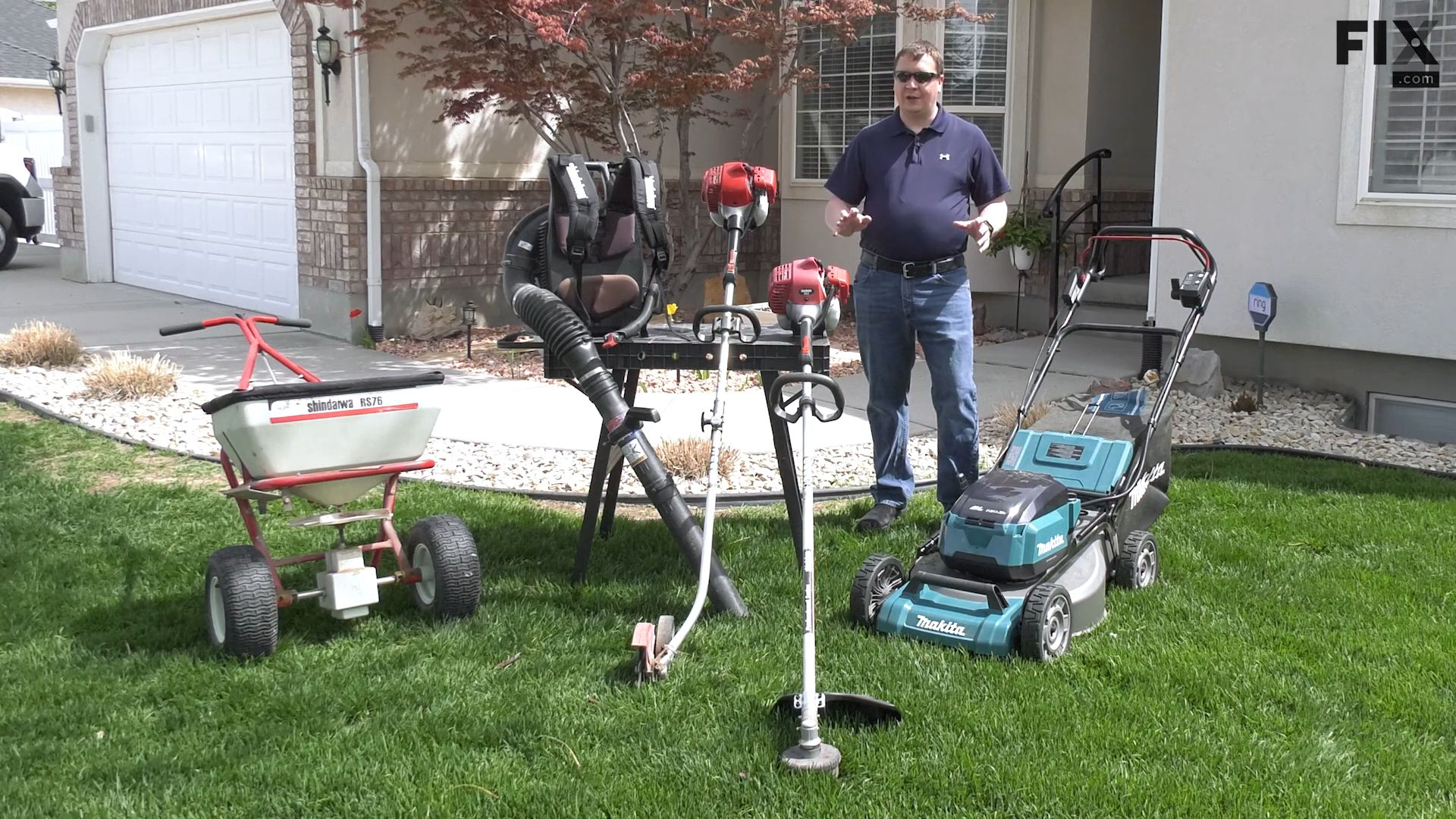
Lawn Mower
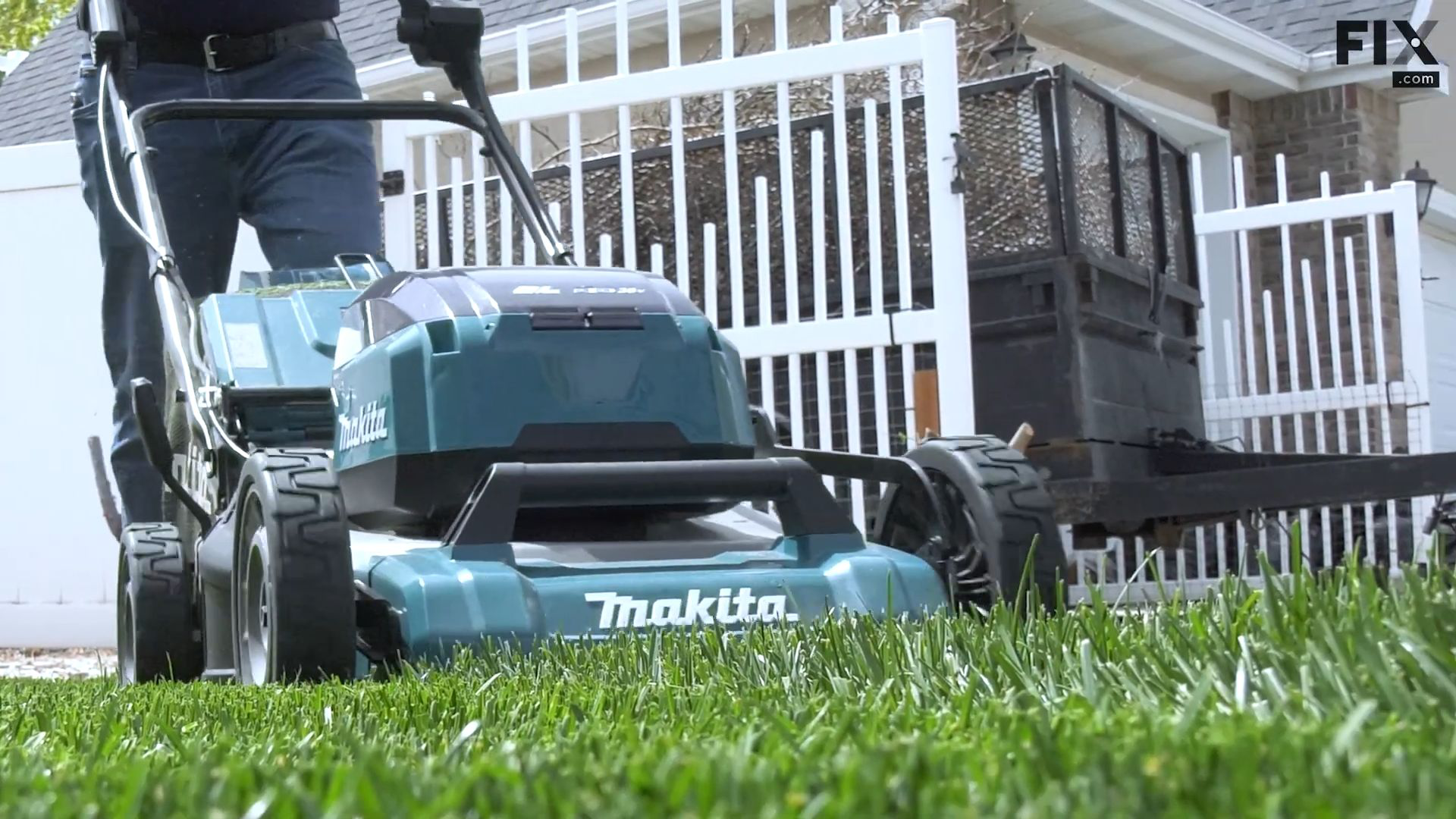
At the heart of any lawn care regimen lies the trusty lawn mower. Like a good haircut can transform how a person looks, a good mow can drastically enhance the appearance of your lawn.
A reliable mower will ensure a flat and even cut, effortlessly handling long and thick grass while mulching without leaving clumps behind. The choice between ride-on, self-propelled, or manual models depends on your lawn's size and terrain. Although gas-powered mowers have been popular for a long time, many homeowners now prefer battery-powered electric mowers. When selecting a mower, prioritize features like a sturdy deck, strong wheel adjusters, and large diameter wheels.
Modern mowers offer adjustable cutting heights. When mowing, set the blade height to around two-and-a-half to three inches. This strikes a balance between a well-groomed appearance and maintaining sufficient length for a healthy lawn.
Regular mowing encourages denser grass growth, discourages weeds, and promotes overall lawn health. Aim to mow once a week for a pristine look, though you may need to increase frequency to twice a week if your lawn grows vigorously. Ideally, avoid cutting more than one-third of the grass blade in a single mow.
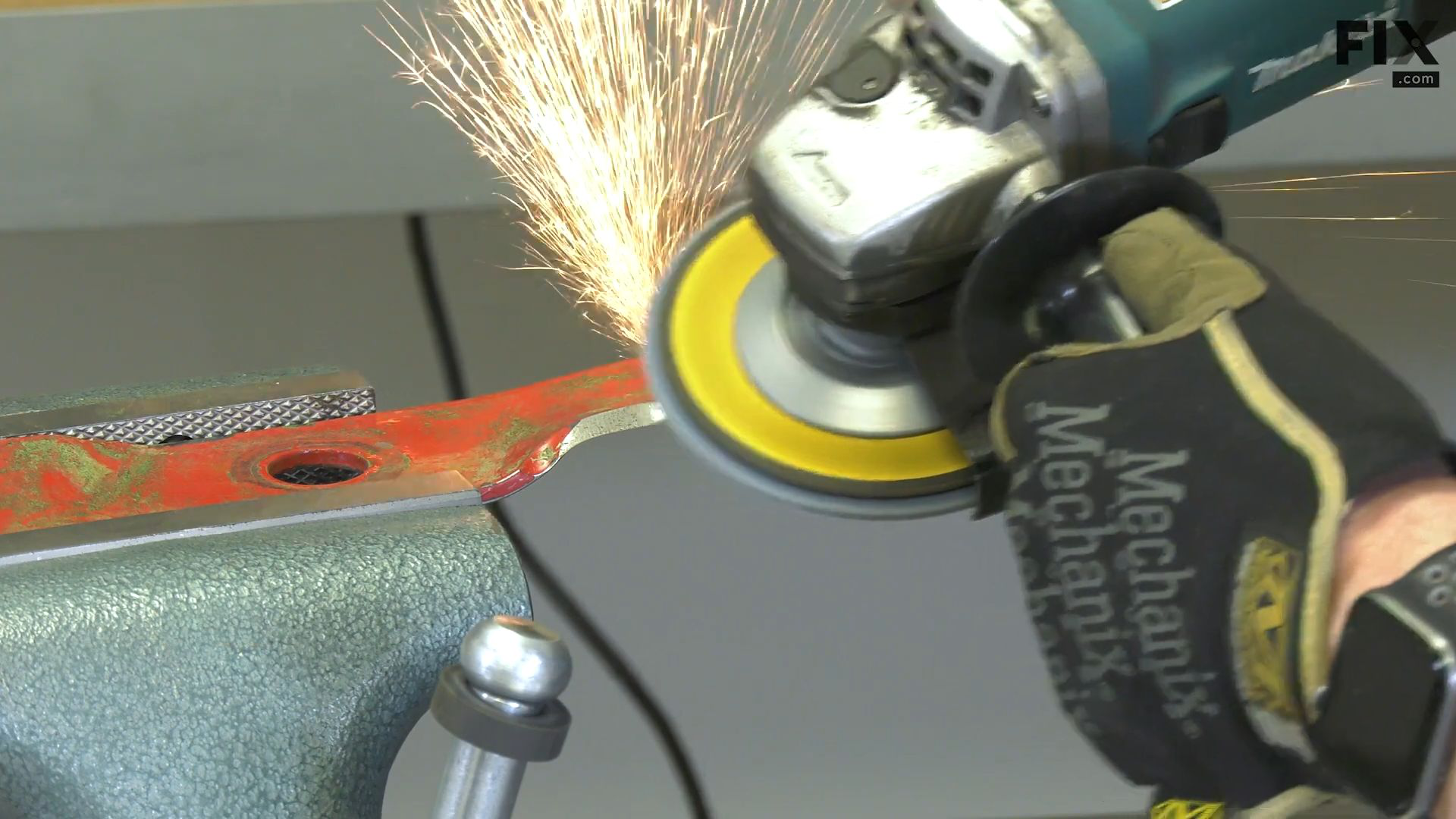
Keep the mower blades sharp to prevent damage to the grass blades, as damaged grass can introduce disease to the lawn.
Trimmer
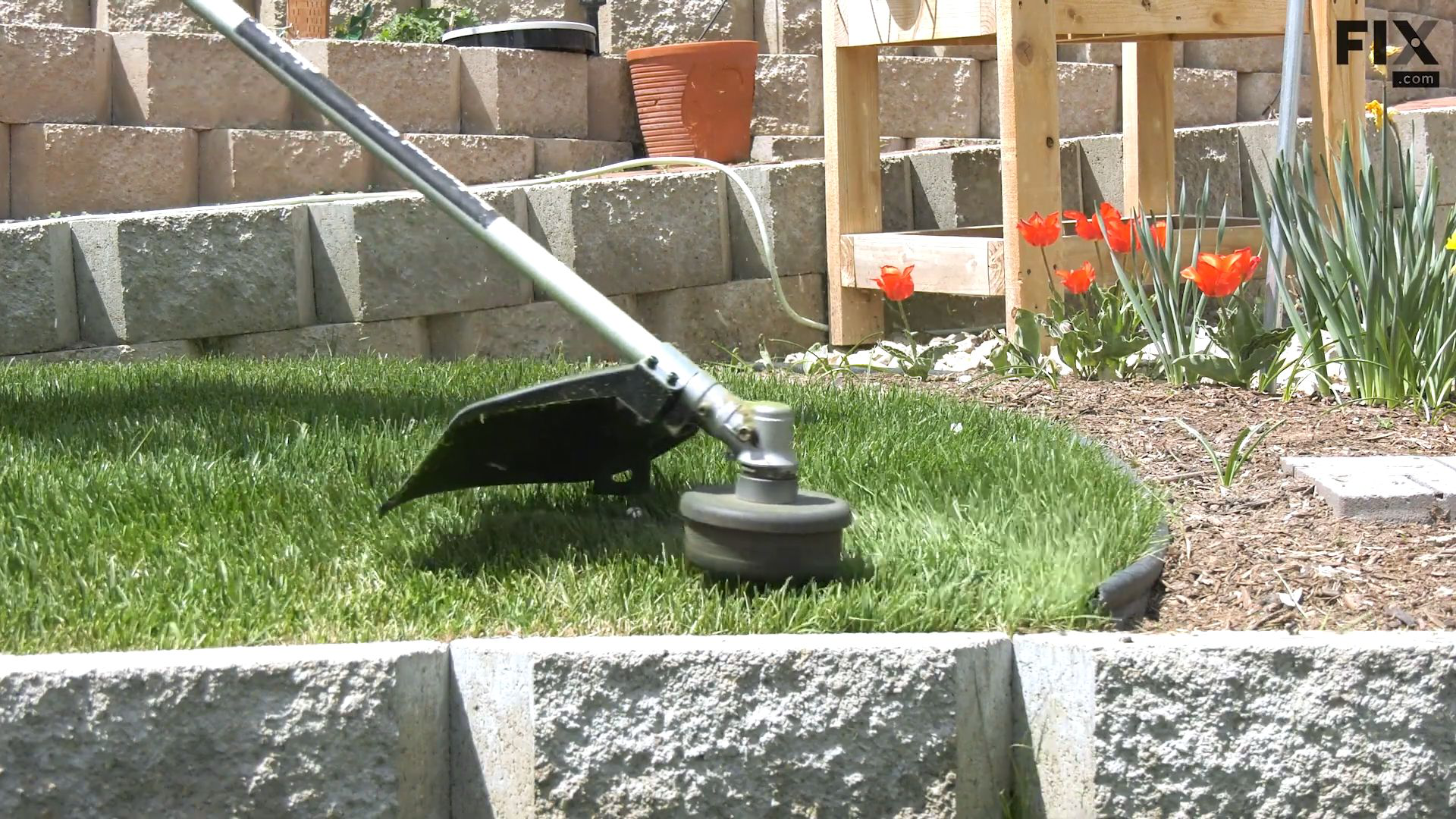
Once the lawn is neatly mowed, there are often hard-to-reach areas that require attention. Enter the lawn trimmer, also known as a weed whacker or string trimmer. It's the perfect tool for maintaining areas around fences, trees, garden beds, and other obstacles, keeping them as neat as the rest of your lawn.
Gas-powered trimmers are the most common, but battery-powered electric trimmers are rapidly gaining popularity, just like lawn mowers.
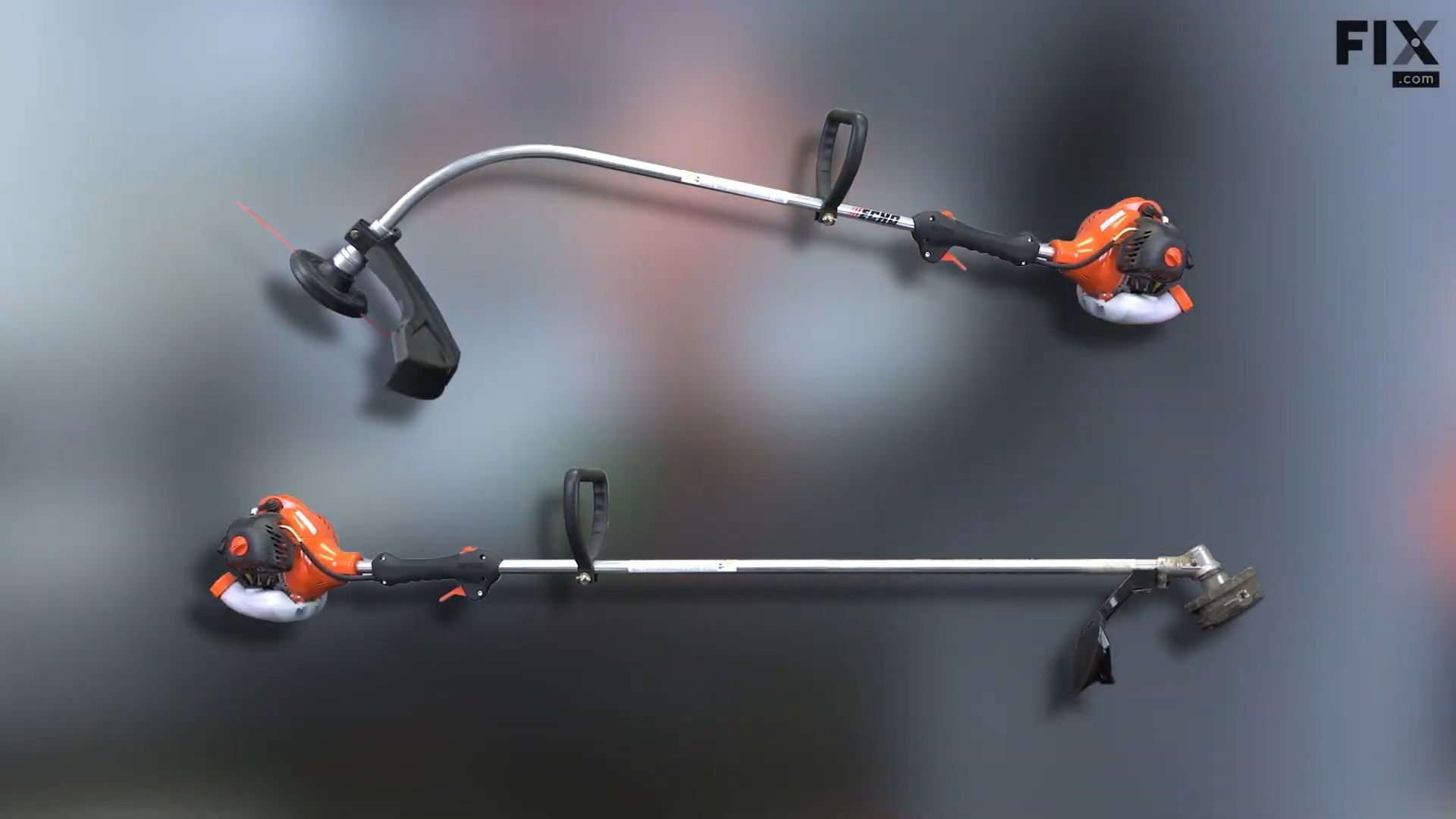
String trimmers come in curved or straight-shaft models. Curved-shaft trimmers are easier to handle, while straight-shaft trimmers offer more power and reach. When purchasing a trimmer, look for a model with a robust engine or motor and a sturdy shaft.
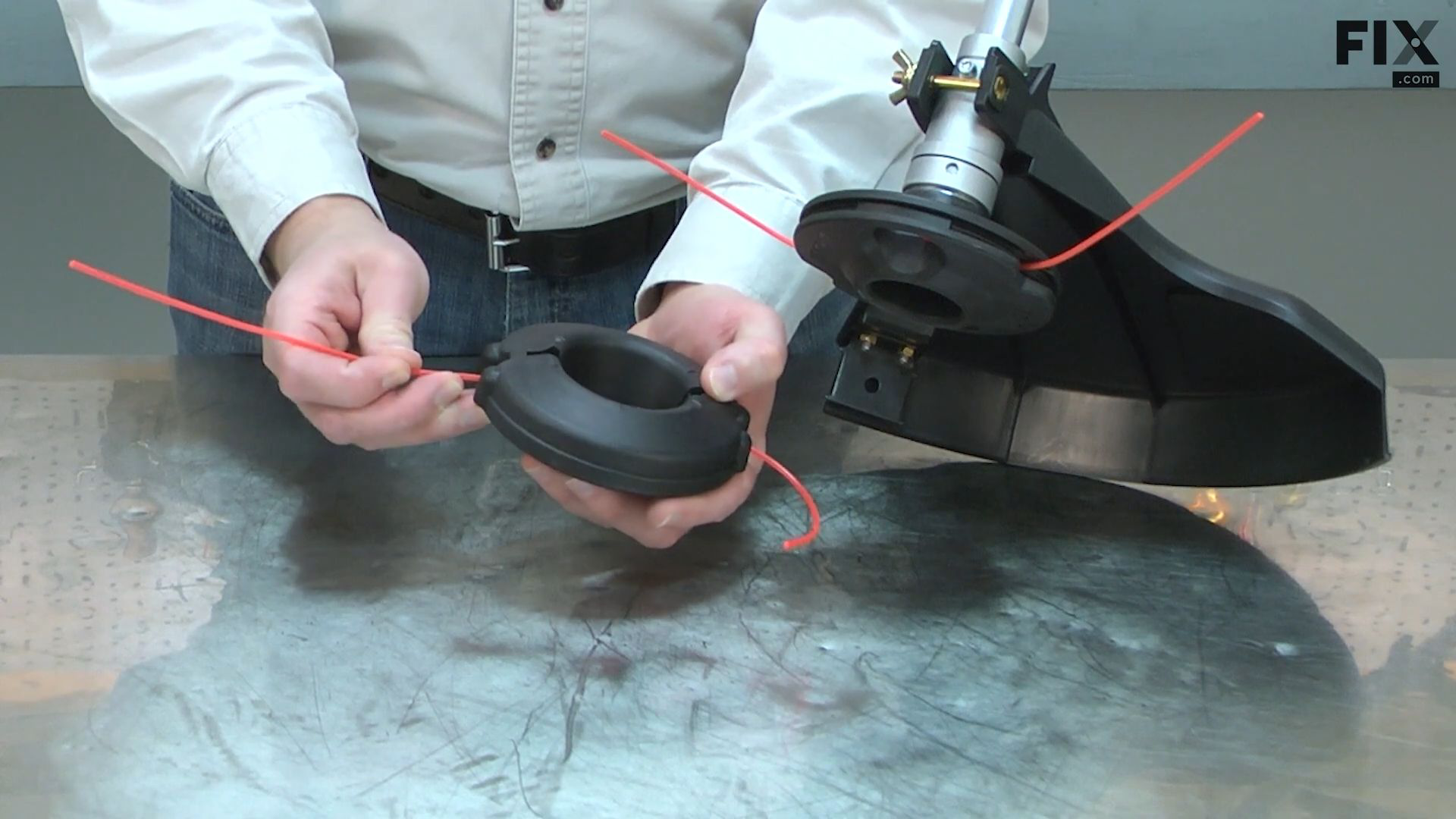
Many trimmers now come with quick-loading trimmer heads, allowing for fast and easy string replacement without disassembling the head. With a string trimmer, you can add that finishing touch to your lawn, giving it the perfect appearance it deserves.
Edger
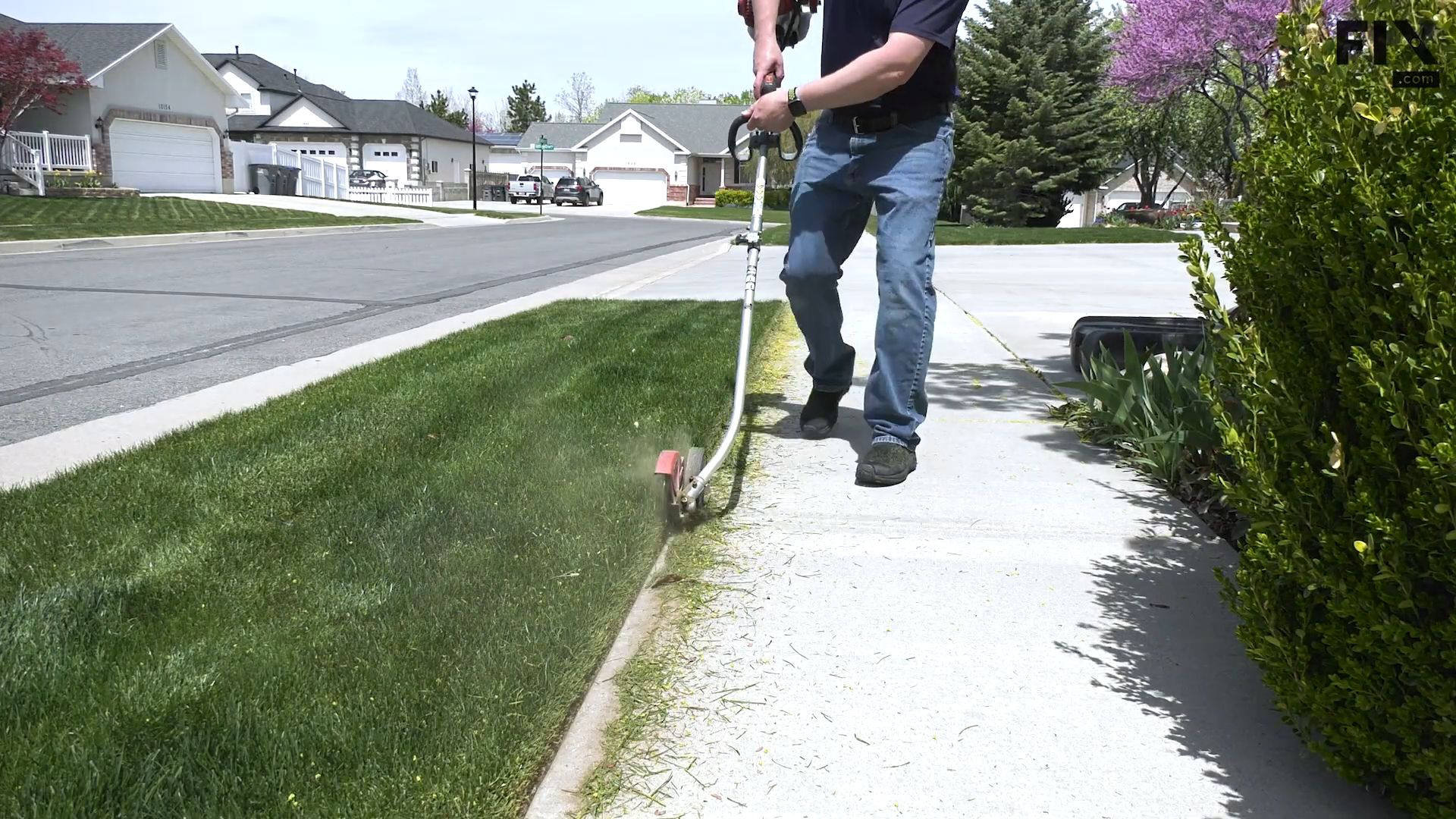
An edger, as its name suggests, is used to create clean, crisp lines along the edges of your lawn, usually where it meets driveways, walkways, or garden beds. This ensures that grass stays in its designated area and gives your lawn a polished and professional appearance.
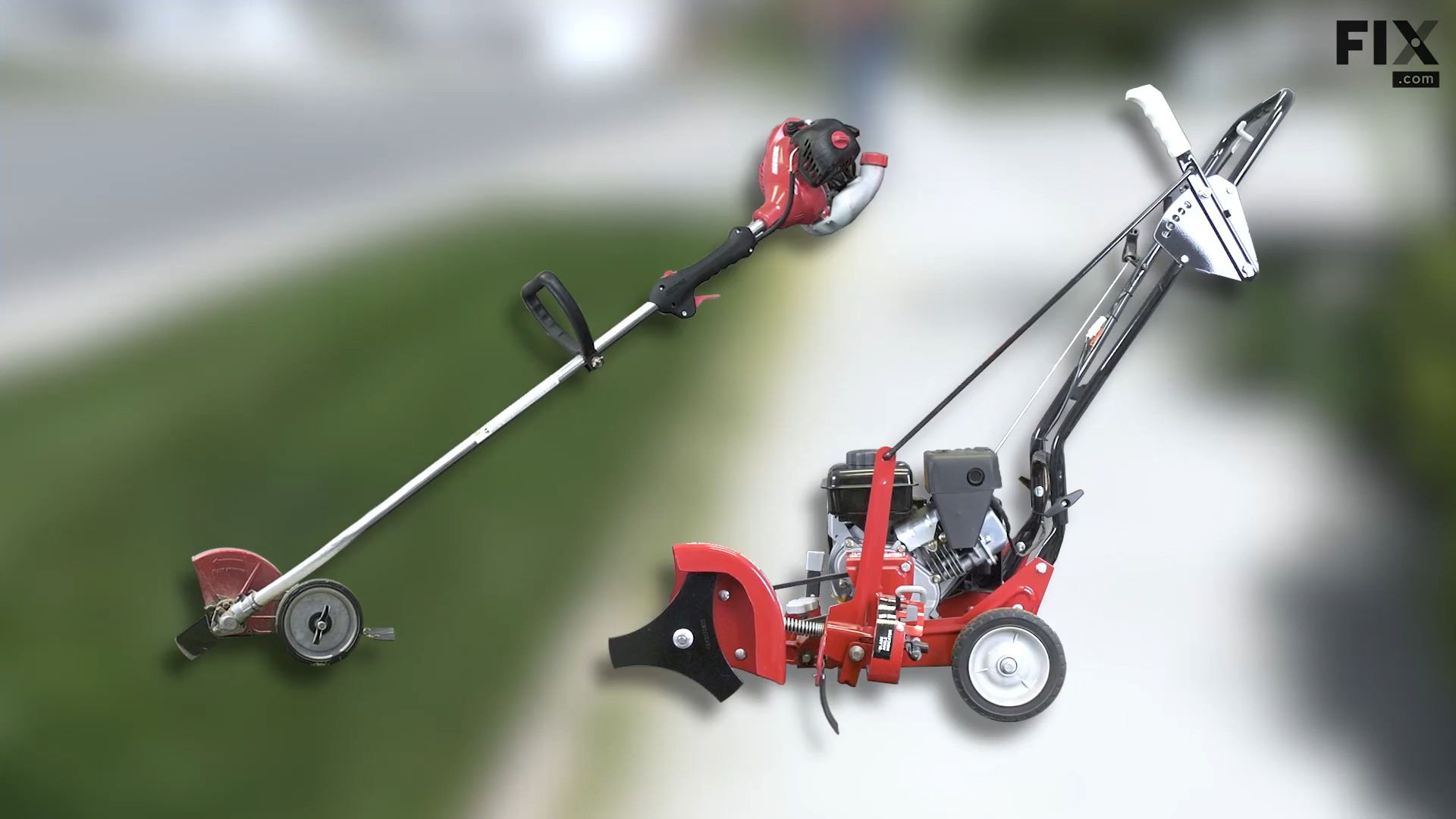
Edgers can be either manual or motorized, depending on your budget and lawn size. There are two common types: walk-behind and stick edgers.
Walk-behind edgers have larger, more powerful engines, making them ideal for initial lawn edging. They excel at creating straight lines but can be more challenging to maneuver around curved edges.
Stick edgers are less powerful but offer greater versatility. They handle both straight and curved edges with ease and allow for faster work compared to walk-behind edgers. However, it may take longer to edge an overgrown or neglected lawn with a stick edger due to its reduced power.
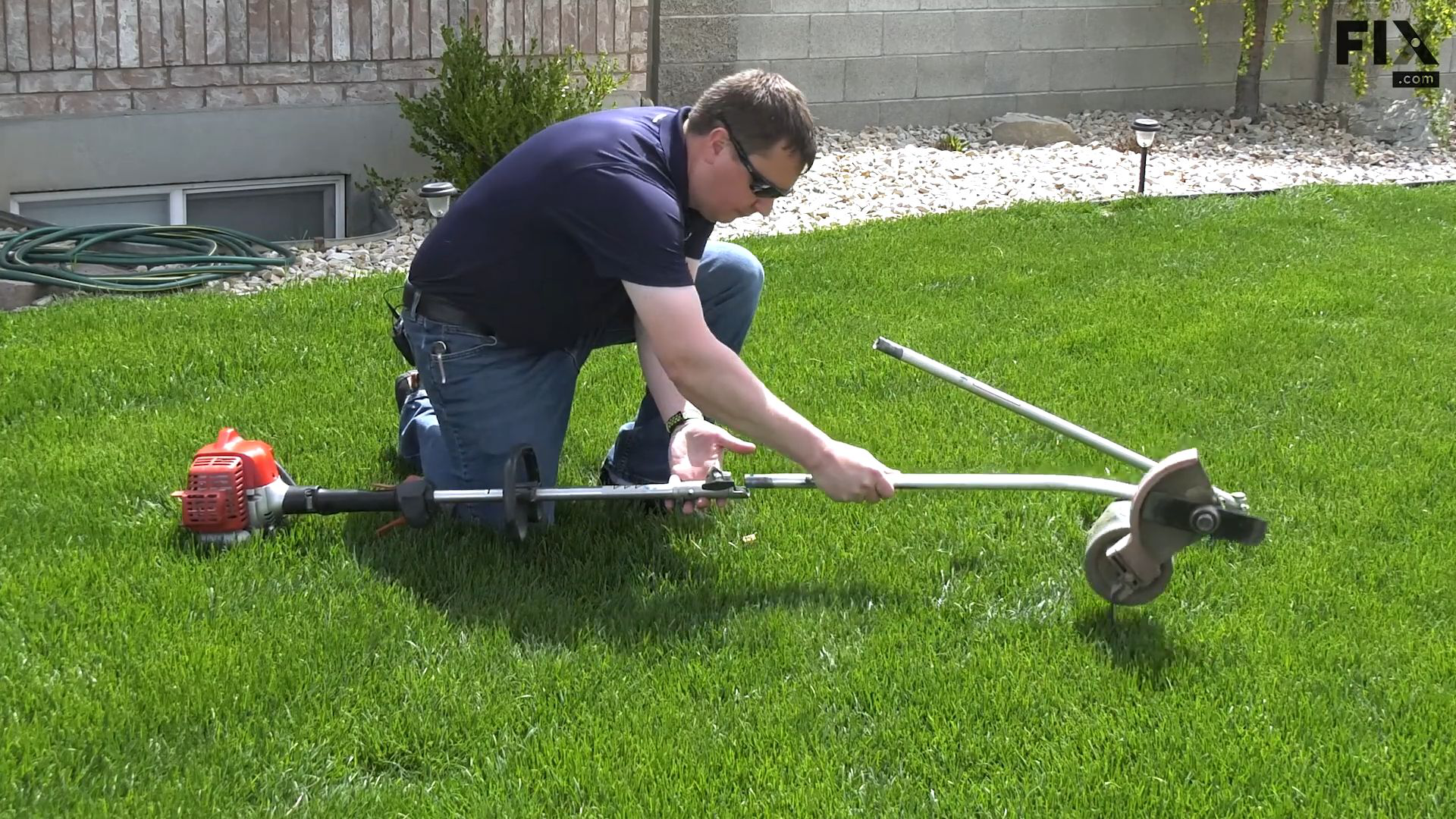
To save costs, you can consider using a multi-tool or split boom system, which allows you to add attachments as needed. This way, you can combine a trimmer and edger without purchasing separate tools.
Leaf Blower
Leaf blowers, despite their name, aren't just for leaves. They're ideal for quickly and efficiently removing all sorts of debris from your lawn, including grass clippings, twigs, and dirt. By keeping your lawn debris-free, a leaf blower contributes to the overall health of your lawn, preventing rot and disease caused by decomposing debris.
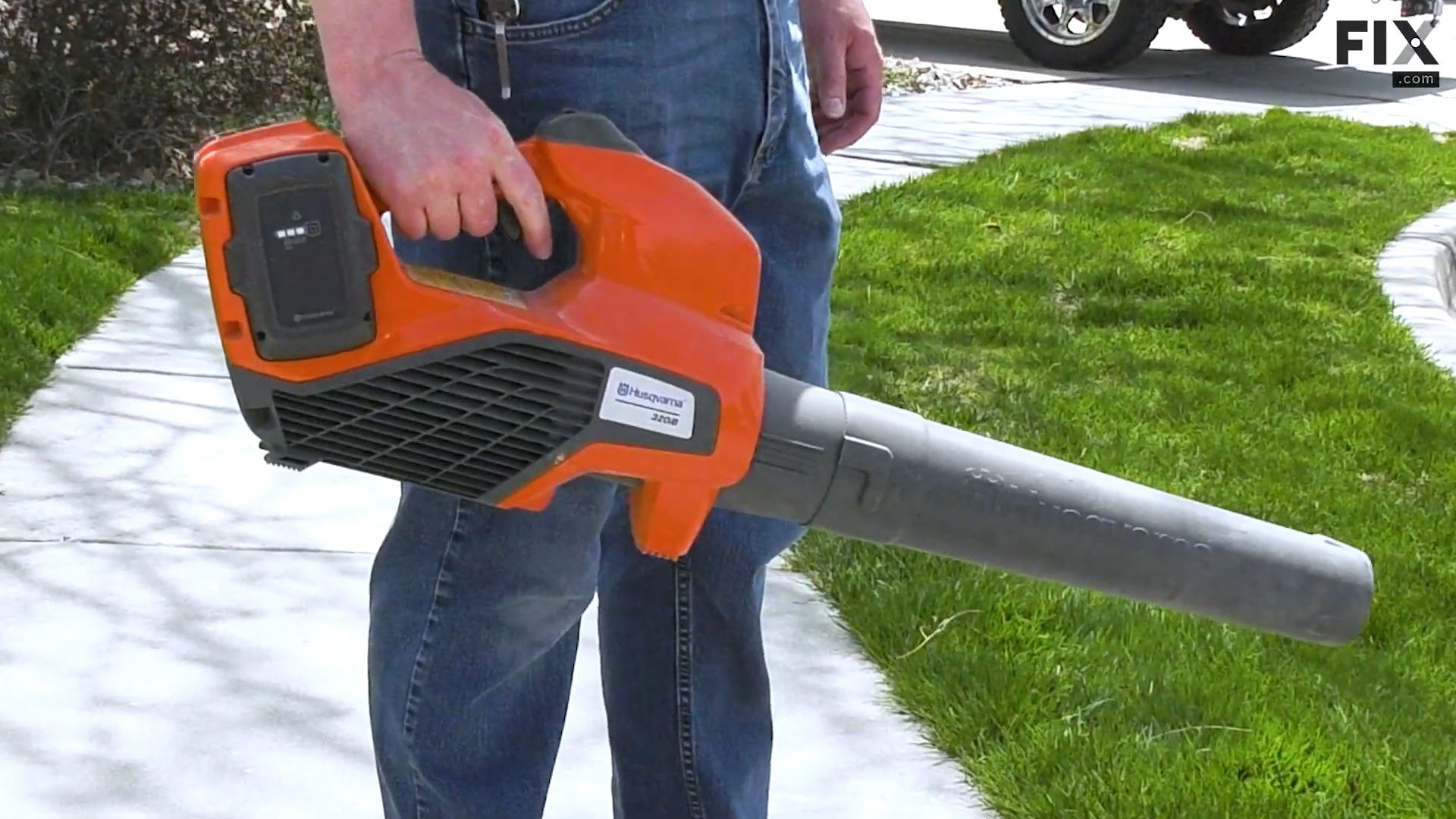
Leaf blowers come in two styles: handheld and backpack. Handheld blowers are the most common choice for homeowners. They are compact, lightweight, and suitable for most tasks.
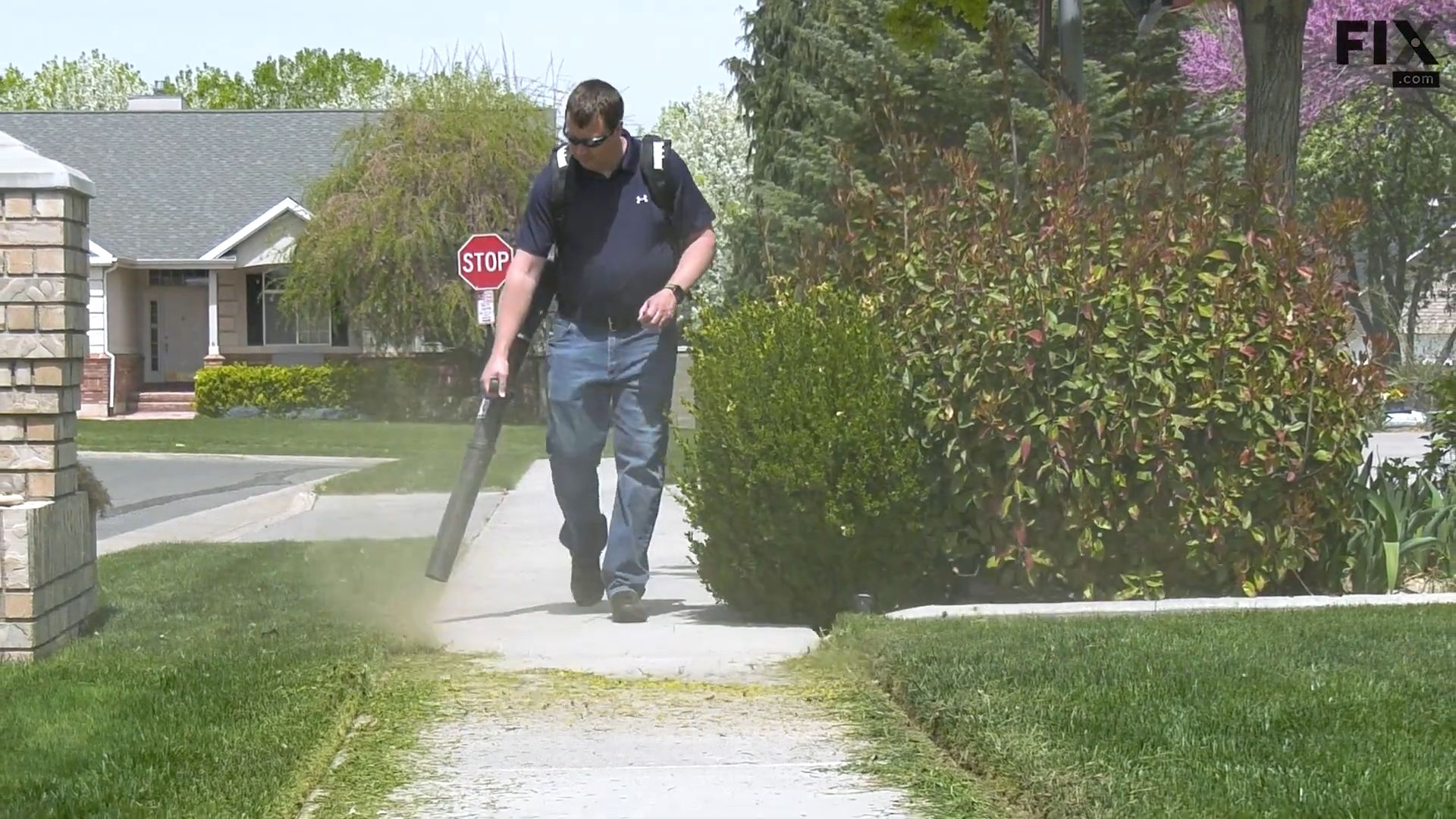
However, if you have a large property or need to clean rock or shrub beds, a backpack blower might be more appropriate. Backpack blowers, as the name suggests, are worn on your back during use. They tend to be more powerful, moving a larger volume of air at a higher speed than handheld models.
Traditionally, leaf blowers have been powered by gas engines. However, battery-powered electric models are increasingly popular, following the trend in outdoor tools. They offer convenience and reduced noise compared to gas-powered blowers.
Fertilizer Spreader
Lastly, but certainly not least, is the fertilizer spreader. If you want a perfect, healthy lawn, you'll need to feed it with fertilizer several times each year. This tool enables even distribution of fertilizer, helping your lawn to get the nutrients it needs to thrive. Proper and uniform fertilizer application is vital to avoid patchy growth, where some areas receive too much while others get too little.
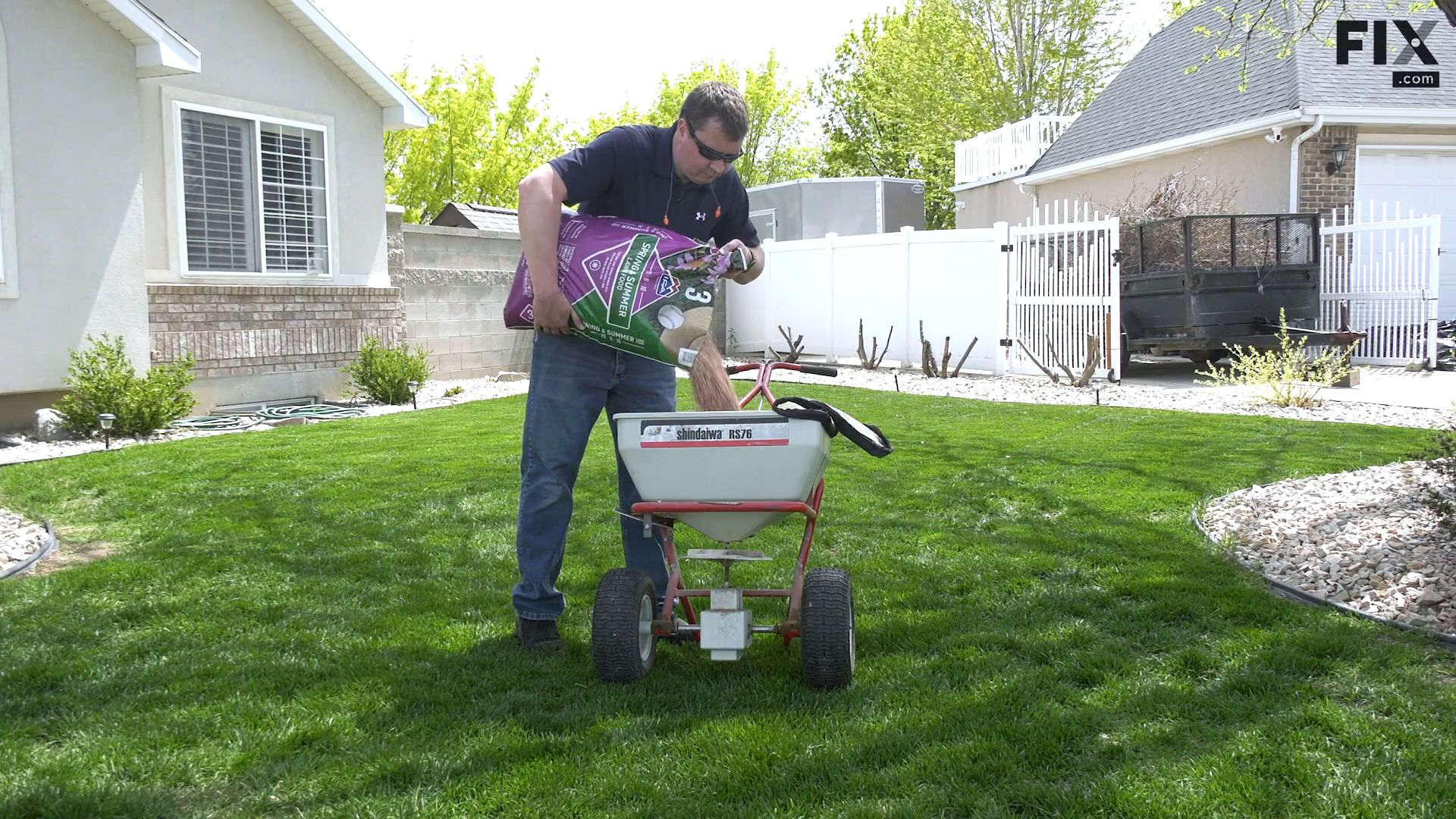
There are two common types of spreaders: broadcast (or rotary) and drop spreaders. Broadcast spreaders feature a hopper that releases a measured amount of fertilizer onto a spinning disc. The disc then throws the fertilizer across a wide swath of the lawn, making broadcast spreaders fast and efficient.
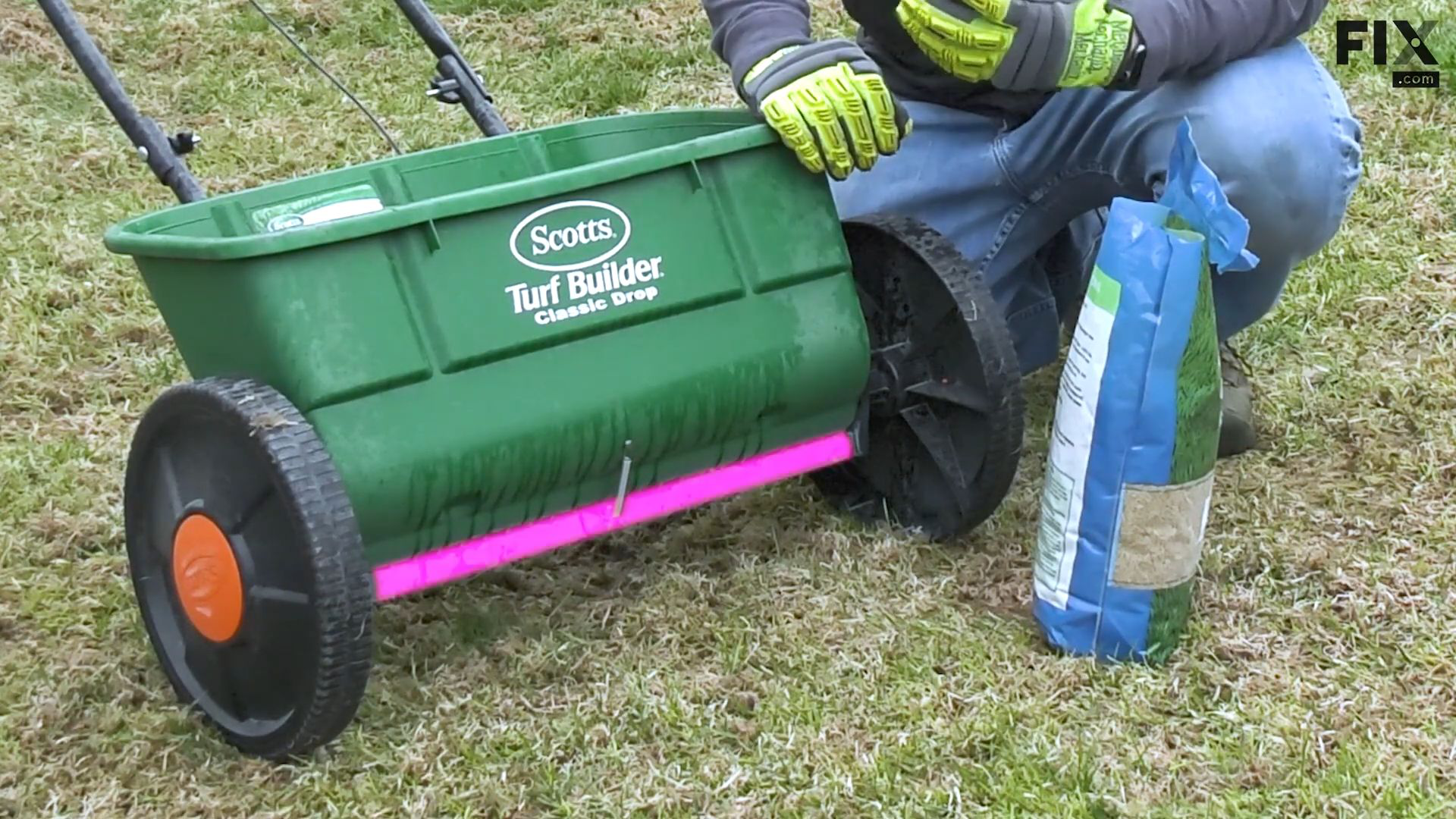
On the other hand, drop spreaders have a long door extending across the hopper's entire width. Opening the door releases a precise amount of fertilizer directly onto the lawn. Although drop spreaders are slower due to their narrow throw pattern, they offer precise application, making them useful if you need to avoid certain areas like flowerbeds, gardens, or ponds.
When purchasing a spreader, it's recommended to choose one that is compatible with the brand of fertilizer you plan to use. This ensures that the correct spreader settings are printed on the fertilizer bag for accurate application.
And There You Have It!
The "grass" may be "greener" on the other side, but with these tools and a bit of elbow grease, yours can be the "greenest" of them all! With these five tools in your arsenal, your lawn will become a picture-perfect oasis that stands out in the neighborhood, capturing the attention and admiration of all who pass by.
If a broken machine is hindering your lawn maintenance, finding OEM replacement parts is simple. Just search your model number in our library, and we'll provide you with a narrowed-down list of compatible parts. Get your lawn back in top shape with ease!
